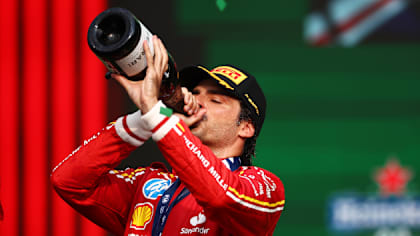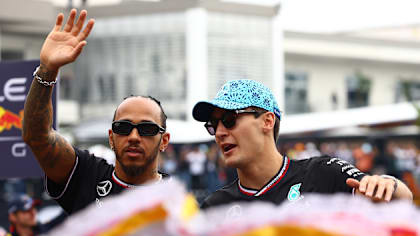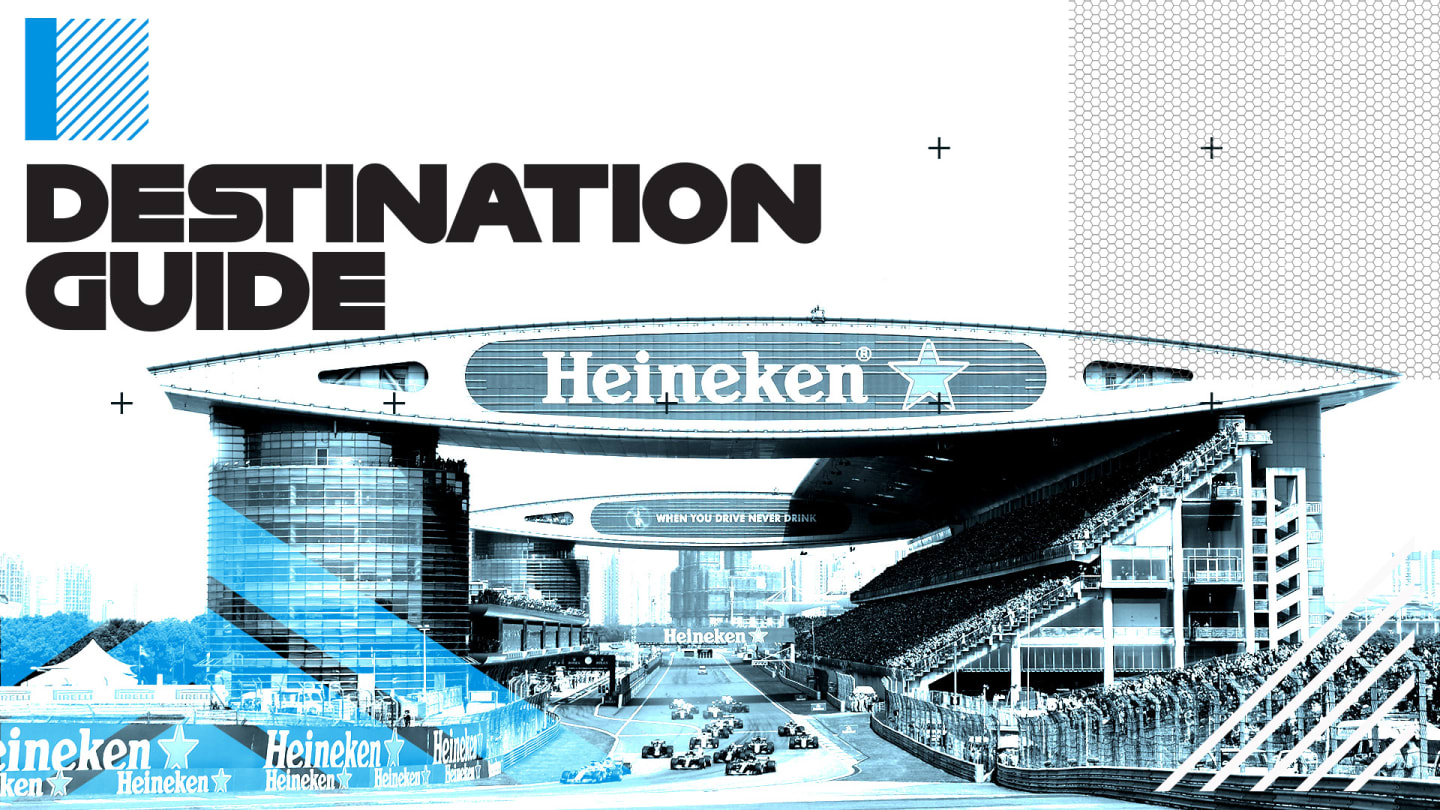
Feature
DESTINATION GUIDE: What fans can eat, see and do when they visit Shanghai for the Chinese Grand Prix
Share

Formula 1 made its much-anticipated return to China in 2024, five years after an F1 car last turned a wheel in anger at the Shanghai International Circuit in 2019 for the sport’s 1000th World Championship Grand Prix.
The enforced gap, a result of the global pandemic, meant Kick Sauber’s Zhou Guanyu had to wait for his first home event as an F1 driver, despite making his Formula 1 debut in 2021.
“Finally, I’m getting the chance to race at home after racing in F1 for three years," he said before the event. "It’s a special feeling and I’m very proud, especially to be the first and only Chinese driver in F1.”
Built in 2004 on marshland in the Jiading area of the city, the Shanghai International Circuit is designed to look like the Chinese symbol for ‘shang’ meaning ‘upwards’, and its cultural symbolism and addition to the F1 calendar marked a significant milestone for motorsports in China.
Located 35km north of downtown Shanghai, the circuit is easily accessible by the super-efficient metro system, meaning you can combine a weekend of thrilling track action with the bright lights of the nearby big city.
Where and what to eat
The food of Shanghai is a rich lesson in both history and tradition, alongside modern influences that make it one of the most exciting cuisines in the world. Typically known as ‘Hu cuisine’ – a style of cooking that combines both traditional (Benbang) and the more Western-influenced (Haipei) dishes.
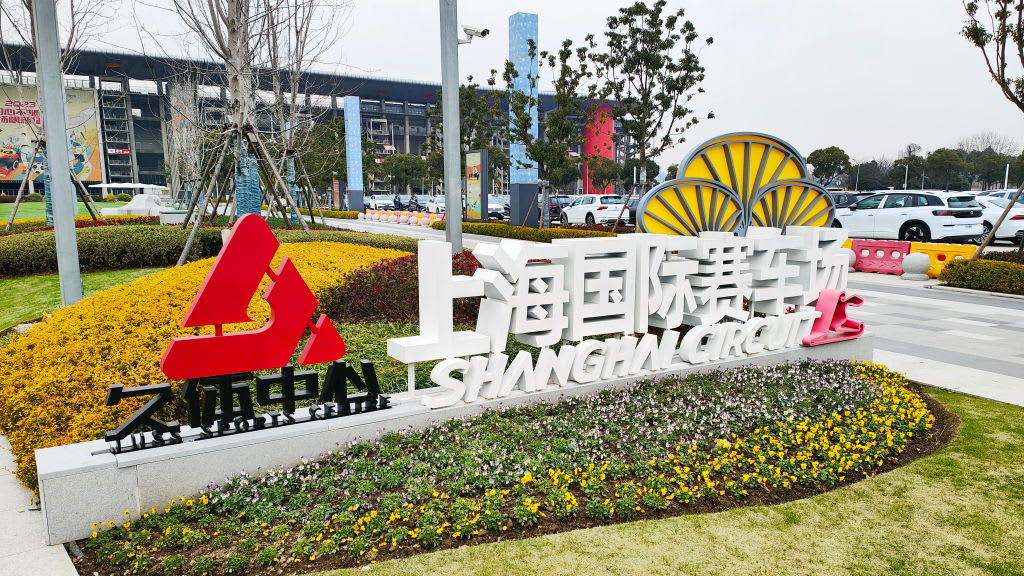
The Shanghai International Circuit first joined the F1 calendar in 2004
At just 400 years old, Benbang cuisine is considered one of the youngest in China and was originally thought of as peasant food, but it slowly became more complex as the city of Shanghai developed as a major trading port.
What makes Benbang cuisine so distinctive is the pinch of sugar added to practically every dish, from braised pork belly to the city’s most famous dish, Xiaolongbao (soup dumplings). The second half of Hu cuisine is Haipei, which literally means ‘all-embracing cuisine’ and refers to Shanghai’s rise to cosmopolitan culture in the late 1800s and early 1900s, when elements of Western cuisine were absorbed into Chinese dishes to create a unique flavour.
READ MORE: Everything you need to know about F1 – Drivers, teams, cars, circuits and more
Food is definitely something that Zhou looks forward to when returning home.
“Shanghai is very famous for breakfast. We have these really nice dumplings and sweet pancakes which are fried on each side, with crispy sugar inside – I would have this traditional breakfast every morning before going to school. I’m not a morning person, but I do like to wake up early for this!”
No visitor to Shanghai should pass up the opportunity to try what is arguably the city’s most well known and popular dish, Xiaolongbao (soup dumplings). These delicious morsels are to be found all over the city, with long queues indicating the more popular establishments – not that you would find Zhou in one.
“Some people are queuing up from 5am! I don’t do that… I don’t like to queue up for any food,” he says, although he can see why other people stand in line. “You can get Xiaolongbao in other places, but the ones in Shanghai are the original and taste delicious.”
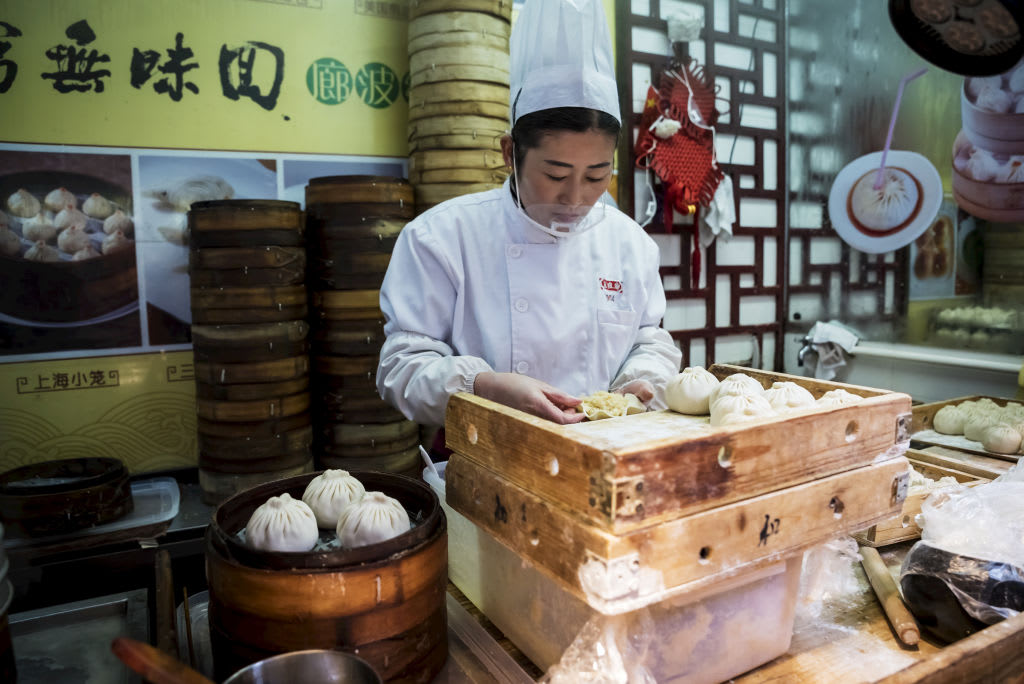
A chef at Nanxiang Bun Shop prepares their famous Xiaolongbao – or soup dumplings
Filled with pork and pork gelatine, these small buns are cooked by steaming them, and the heat melts the gelatine inside and the ‘soup’ is created. A word of warning though: many an unsuspecting diner has burned their mouth on the molten liquid inside after taking an enthusiastic bite so it would be wise to exercise caution!
One of the best restaurants to try Xiaolongbao is Nanxiang Mantou Dian which started life in the old water town of Nanxiang in the Jiading area of the city and is believed to be where this iconic dish originated (see non-F1 highlights below).
READ MORE: The beginner’s guide to the F1 weekend
Every season, the citizens of Shanghai (and visiting gourmands) eagerly await the 9th and 10th months of the Lunar year, when the hairy crabs (or mitten crabs) are at their fattest and most delectable. These small crustaceans are named for their furry claws which resemble mittens, and are best enjoyed simply steamed, with a sauce made of rice vinegar, sugar and ginger to dip it into.
It is traditional to pair this delicacy with a glass of ‘yellow wine’ (huangjiu) which helps to coax out the complex flavours of the crab as well as containing medicinal properties, considered an important aspect of eating and drinking in Chinese culture. Go all in and try the crab banquet at Wang Bao He Restaurant, an establishment dating back to 1744 famed for its crab and yellow wine offering.
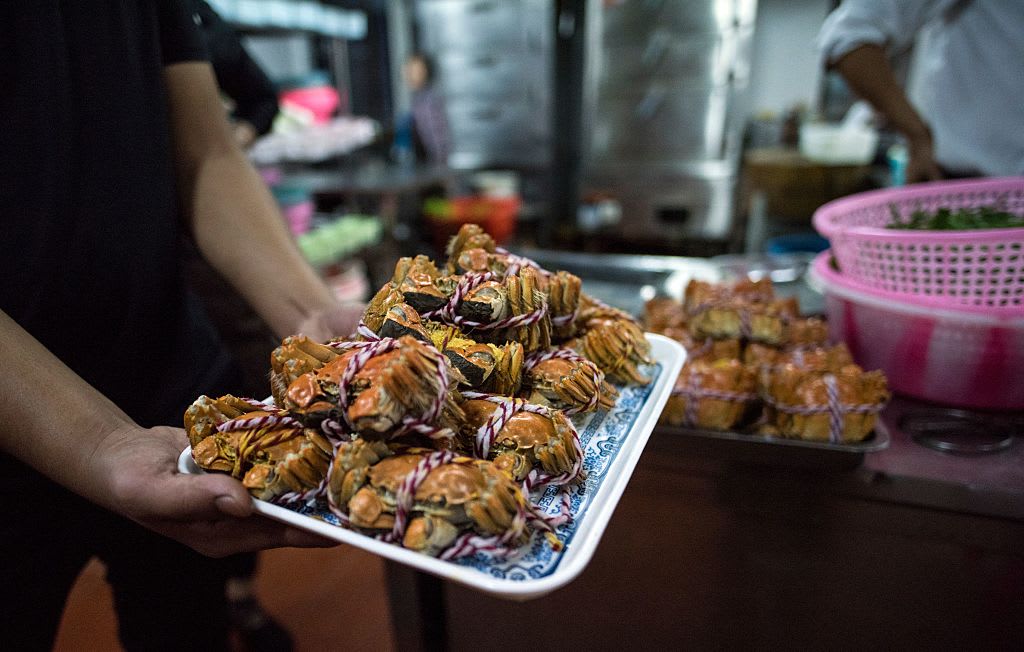
Autumn is believed to be the best season for eating hairy crabs, which are regarded as a delicacy in Shanghai and neighbouring provinces
The world renowned restaurant chain Din Tai Fung has seven outposts across the city, and is a great place to enjoy more of those ubiquitous Xiaolongbao, along with delicious restorative noodle dishes such as noodle soup with braised beef or pickled mustard greens, to revive flagging spirits after a day of sightseeing. Be sure to order a side of fresh pea shoots to help balance the richness of the hearty main courses.
As soon as he returns to Shanghai, Zhou heads straight for his favourite restaurant for a taste of home that he can’t get elsewhere.
READ MORE: The beginner’s guide to the F1 calendar
“The name of the restaurant translates as ‘long time ago’ and it’s a very traditional Chinese barbecue restaurant and a bit like street food, with lamb or chicken that you grill," he says. "It’s open until 2am everyday and it’s very popular.
"Hotpot is something that I also really like, and I have found it difficult to find something very original-tasting in Europe. Although London has more of my home culture, there’s none quite like the ones in Shanghai.”
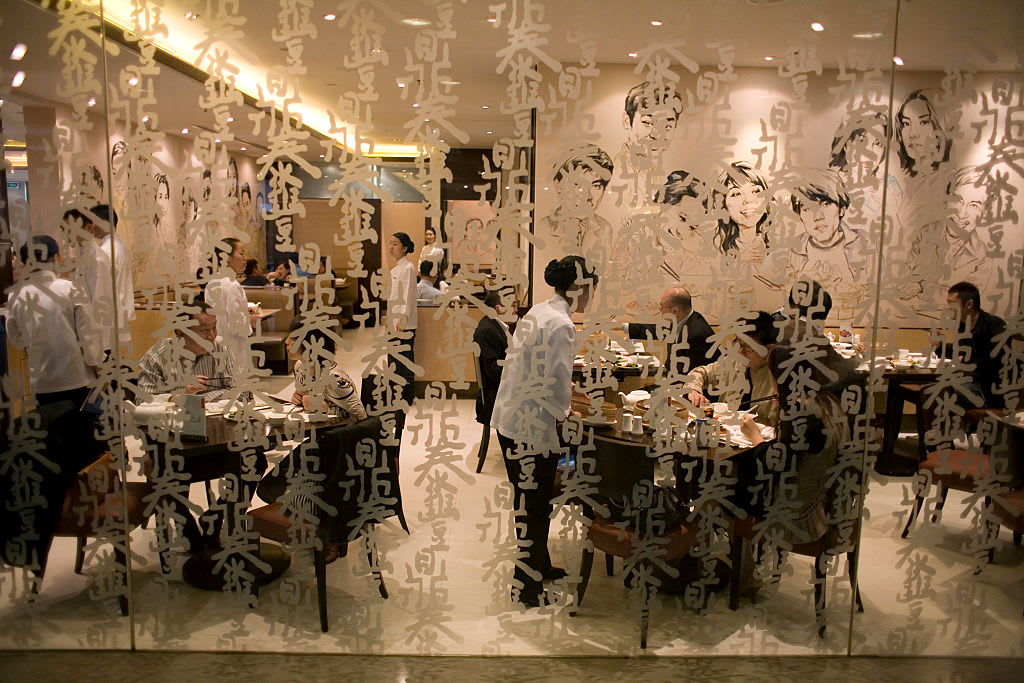
The unique design of the exterior of the Din Tai Fung Restaurant in Shanghai
If you’re downtown in the very heart of Shanghai, then there is no better way to quench your thirst after a day of sightseeing – and take in the incredible illuminated skyline at the same time – than with a drink at one of the many rooftop bars.
One such bar is Flair, situated on the 58th floor of the Ritz-Carlton Hotel in Pudong, which holds the accolade of being not only the highest rooftop bar in Shanghai, but also in all of China.
Located dazzlingly close to the iconic Oriental Pearl Tower, it is one of only a few rooftop bars on the Pudong side of the river, offering rare views of the Huangpu district and a different skyline perspective to be enjoyed with something chilled in hand from the extensive selection of well-made cocktails inspired by the history of both China and all of Asia. Popular with chic residents and visitors alike, it would be wise to make a reservation to avoid queuing and potential disappointment.
Where to stay
Being a vast and populous city, there is of course a huge array of choice when it comes to accommodation to suit every budget. If you want to stay close to the circuit, then you will find pretty much all of the big name hotel chains have outposts in Jiading, making your trip to the track each day a convenient affair.
However, if you’d rather immerse yourself in the hustle and bustle in the heart of Shanghai, then you can sleep easy in one of the thousands of hotel beds on offer, safe in the knowledge that the circuit is only a 60 minute journey away on Shanghai’s clean and super-efficient Metro (Line 11).
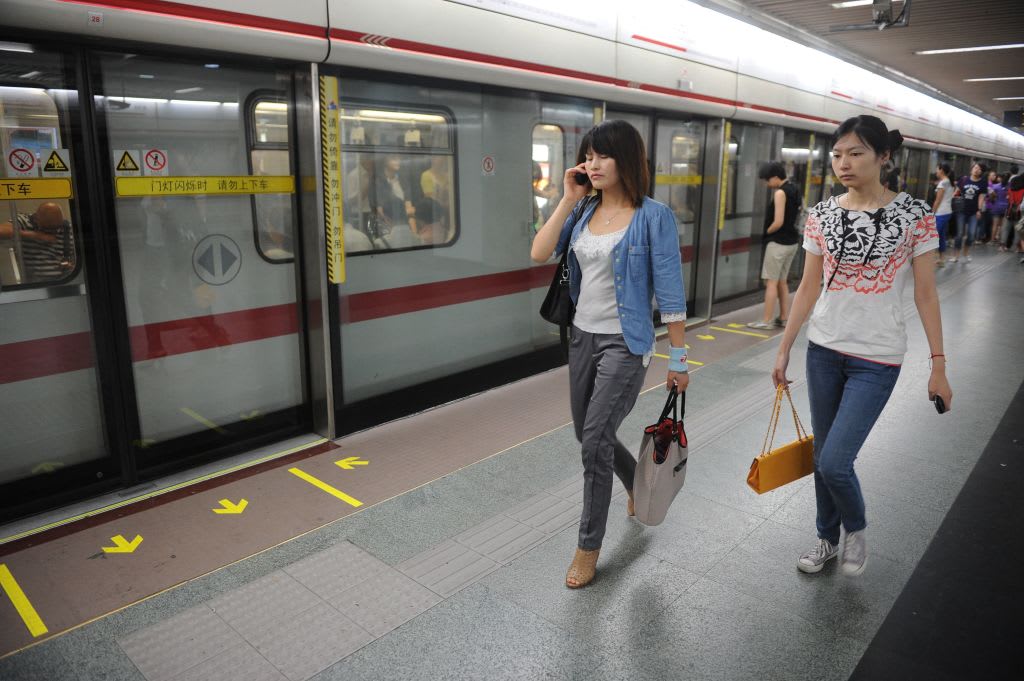
The Metro is the easiest way to get around in Shanghai
Where to watch the race
Grandstand K is probably your best bet for action-packed views of the overtaking into the Turn 14-15 hairpin, with the bonus of being an excellent place for budding snappers to take photos of the F1 cars as they slow right down to take the tight corner.
Alternatively, bag yourself a spot at another of the track’s best passing places at Turn 6. If you’re lucky you’ll get to witness brave moves like the one Daniel Ricciardo made on Valtteri Bottas in 2018, which sealed the win for the Australian.
READ MORE: Fashion, tigers and Alonso’s words of wisdom – Getting to know the real Zhou Guanyu
Non-F1 highlights
As city skylines go, there are few that can rival the dazzling sight that is Shanghai’s. Central Shanghai is divided by the Huangpu River and the most spectacular views of the dramatic cityscape are best enjoyed from the Western bank of the river on the iconic Bund – a mile-long waterfront promenade which has been one of the most recognisable symbols of Shanghai for a century and is so important as a landmark that Zhou takes it racing with him.
“You have to go to the Bund," he says. "It’s the same design as I have on my helmet and you see the Shanghai skyline. I chose to have it on there because I want to represent a little bit of my hometown.
"I want to represent Shanghai – it’s the place that supported my dream since I was a kid – and also just how beautiful the city is to me. I want to express this to people around the world who haven’t been to Shanghai before.”
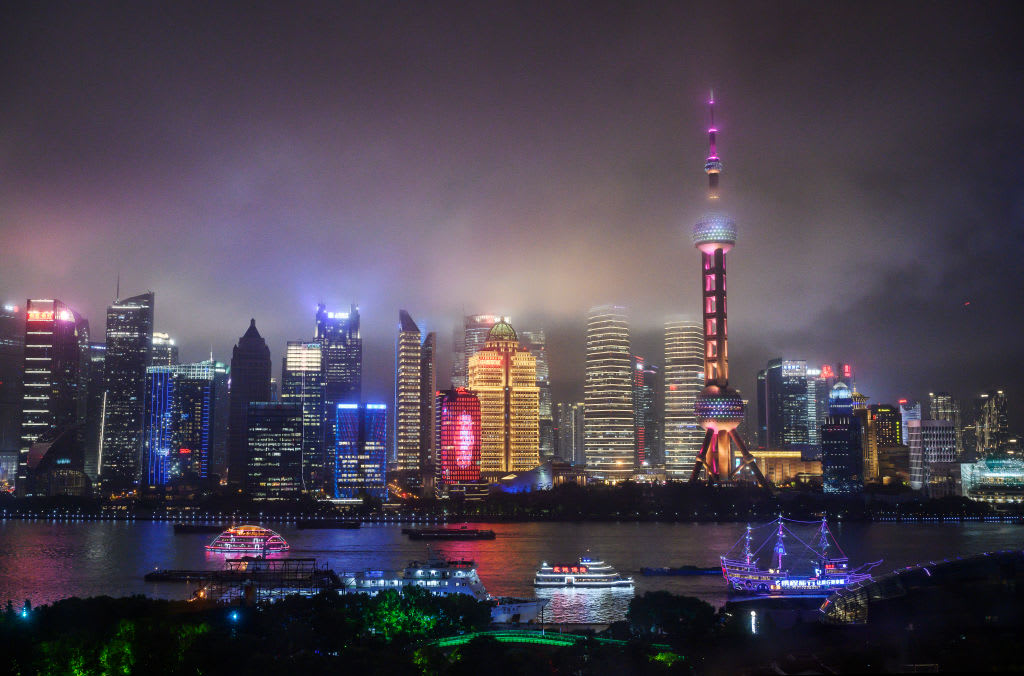
The stunning Shanghai skyline, including the Oriental Pearl TV Tower
Exploring the Bund by day is a very different experience to night, and in the relative quiet of the early mornings visitors can observe locals gathering to practice tai chi and fly kites before the city wakes up. Daytime is also the best time to admire the 52 historical buildings of various architectural styles that stretch along the waterfront, documenting the colonial history of the city of the 1800s.
Among the examples of gothic and baroque architecture lies the impressive six floor neo-classical HSBC building, which served as the headquarters of the bank from 1923 to 1955. Once referred to as “the most luxurious building from the Suez Canal to the Bering Strait”, it boasts a stunning mosaic ceiling and a pair of bronze lions which guard the entrance.
When night falls the buildings on the Bund fall quiet, and it’s the turn of the neon skyline across the Huangpu River in Pudong to take centre stage. Widely regarded as the modern symbol of Shanghai, the Oriental Pearl Tower dominates the panorama and at 468 metres high and with several observation decks, is one of the best ways to see the city laid out below.
With double-decker elevators (capable of whisking visitors to the main observation deck in under a minute), a revolving restaurant, a glass floor to test those nerves, and a virtual rollercoaster for thrill seekers, there’s plenty to captivate when elevated to the heady heights of the tower.
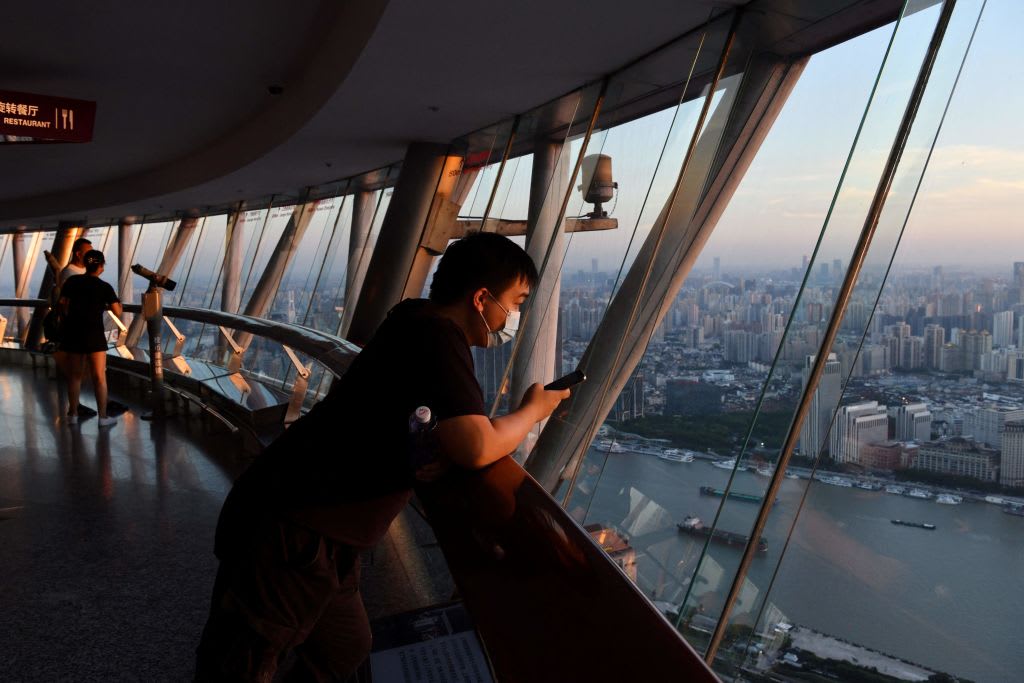
The view from the Oriental Pearl Tower at sunset
The Nanjing Road has been the bustling heart of Shanghai since 1845, and with its mix of high-end fashion stores and traditional merchants selling silk goods and jade, and local food vendors, it’s a must visit destination for visitors who want to experience a sense of the old city but with a big dose of modern consumerism on one of the busiest shopping streets in the world.
As the sun sets, flashing neon signs illuminate the buildings and provide the perfect backdrop for open-air bars and street performers.
TREMAYNE: Remembering the first Chinese Grand Prix, 20 years on from F1's first visit to Shanghai
If you need to find some zen after splashing the cash amid the hustle and bustle, head to West Nanjing Road where you will find Shanghai’s oldest Buddhist temple nestled among the skyscrapers and shopping malls. Jing’an Temple in its original form dates back to AD 1216.
It has undergone many reconstructions over time but retains its peaceful aura despite its location (Jing’an means quiet and peaceful) and houses the largest jade buddha in mainland China. Measuring 3.87m high and weighing 11,000kg, a wall had to be taken down to accommodate it.
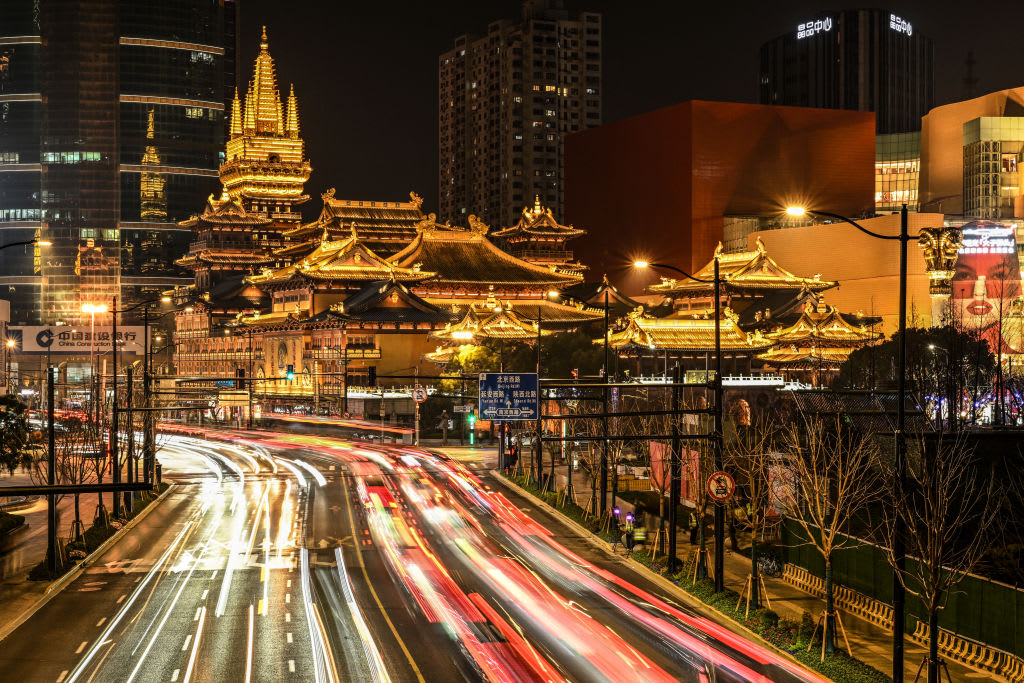
The Jing'an Temple in Shanghai
Located in the Jiading district of Shanghai, Nanxiang Water Town is one of four famous historic and cultural towns in the city and exudes old-world charm thanks to the traditional buildings, narrow alleyways and canals.
Dating back to the time of the Ming Dynasty, the atmospheric town was once a standalone destination but has long been swallowed up by the expanding sprawl of Shanghai – although it manages to maintain its ancient charm with its striking twin pagodas and beautiful Guyi Garden, which is widely regarded as one of the most important classical gardens in Shanghai.
But perhaps one of the best reasons to visit Nanxiang is for the Xiaolongbao (steamed soup dumplings) which are said to have originated here, and long queues form outside the original shop where these delicious buns are still made.
To be in Shanghai is to have one foot in the past and the other foot firmly in the future – whilst it is undoubtedly a fast and frantic city in some respects, there is an underlying sense of history and tradition dating back hundreds of years that permeates the city.
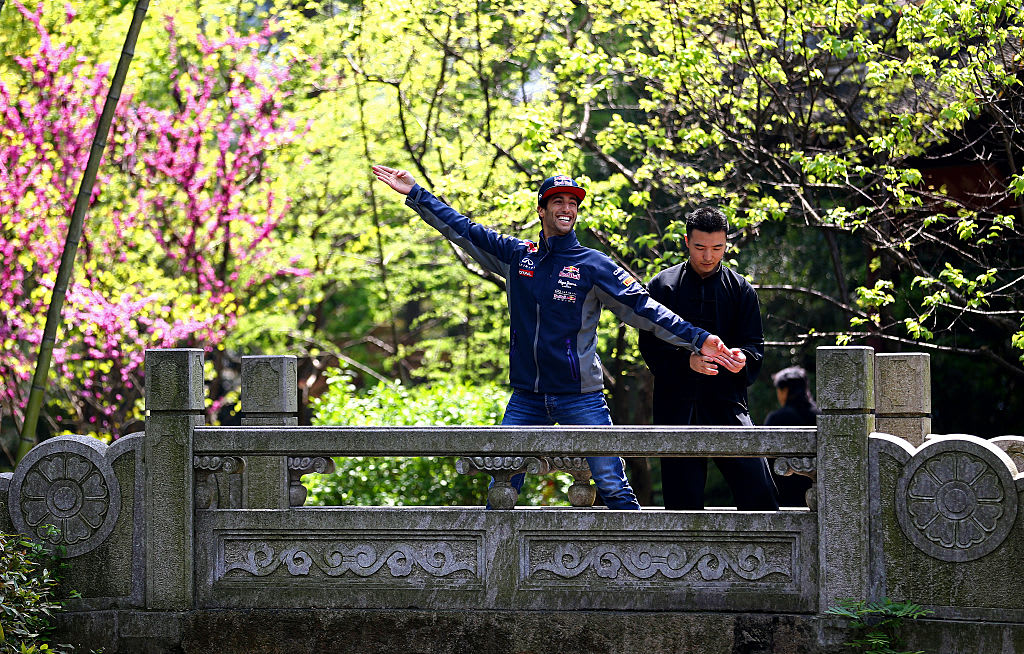
Daniel Ricciardo receives instructions from a martial artist at Guyi Garden, back in 2015
And despite the frenetic glitz and the glamour of Pudong, you can still find pockets of quiet calm here and there, whether that be in the early morning on the Bund watching Tai Chi being mindfully performed, or in one of the many beautiful gardens where you can imagine gardeners of old tending the plants under the centuries-old pagodas.
In its 1920s and 30s heyday, Shanghai was nicknamed ‘the pearl of the orient’ and it’s not hard to see why.
Fun fact
Running between Pudong International Airport and Longyang Road Station, the Shanghai maglev train (SMT) – also known as the Shanghai Transrapid – is the world’s fastest commercial electric train. Reaching a top speed of 430km/h, the 30km journey takes just eight minutes and 10 seconds, meaning your trip is over almost as soon as it’s begun!

RACE TICKETS - CHINA
Don't miss your chance to experience the thrills of Shanghai...
YOU MIGHT ALSO LIKE
TechnicalF1 Unlocked TECH WEEKLY: Inside the unique McLaren brake design which helped Norris beat Leclerc in Mexico
News FIA post-race press conference – Mexico City
Report Sainz surges to Mexico victory ahead of Norris and Leclerc as Verstappen hit with two penalties for Norris moves
News 'Neither of us are silly' says Hamilton as he bests Russell in Mercedes' Mexico City intra-team battle



